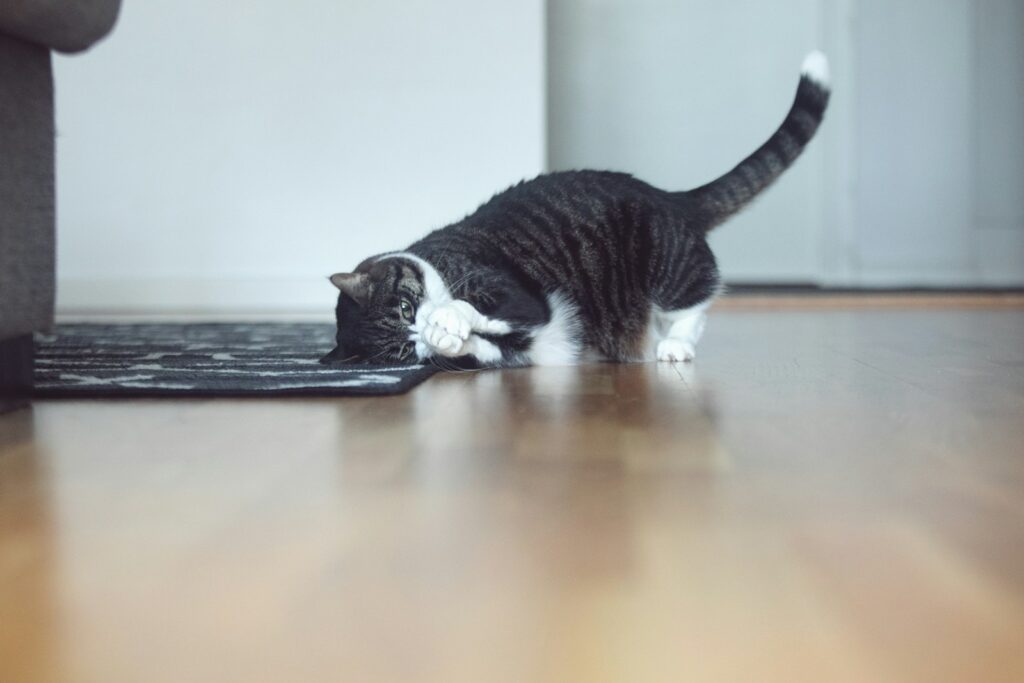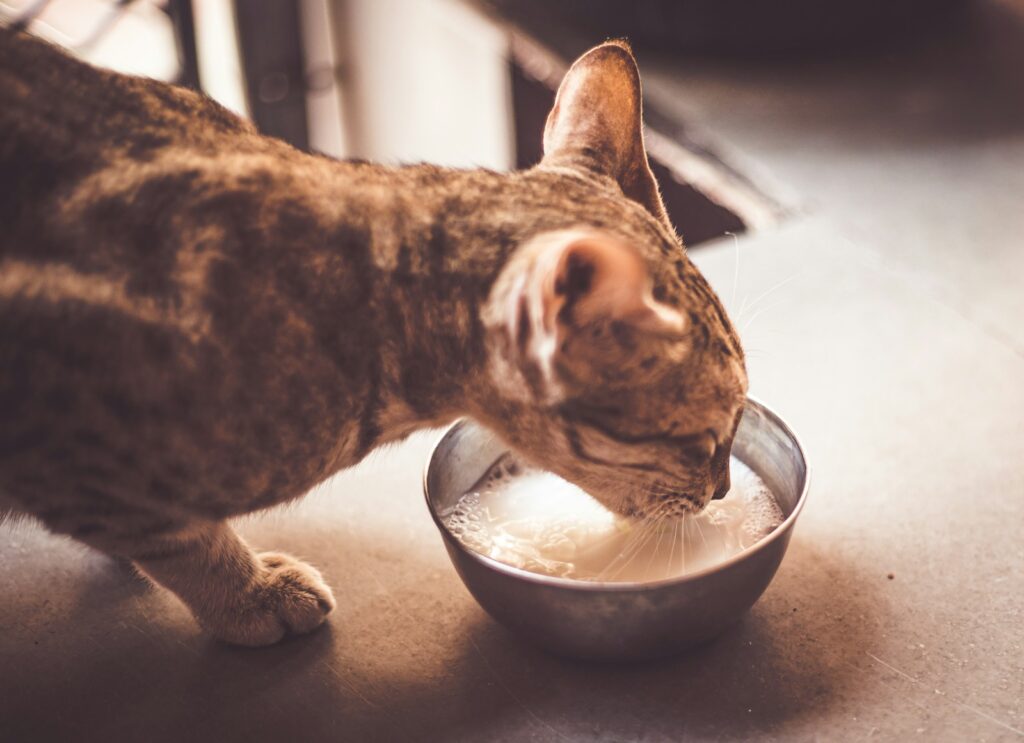Pets have long shared our homes and hearts, yet myths about their behavior, diet, and care persist even in today’s information-rich world. Many of these misconceptions stem from old beliefs, half-truths, or outdated advice passed between generations of owners. Built on modern veterinary insights and behavioral research, this guide uncovers nine common pet myths every responsible owner should know. By understanding the truth behind these popular assumptions, you can strengthen your bond with your pet, improve their well-being, and ensure they live a longer, happier life beside you.
1. Cats Always Land on Their Feet

It’s a widely believed myth that cats can always land safely, no matter how they fall. While cats do possess a remarkable righting reflex that allows them to twist midair, it doesn’t guarantee survival from all heights. In fact, veterinarians often treat cats for “high-rise syndrome,” a set of injuries from falling out of windows or balconies. A cat’s ability to reorient itself depends on distance, body weight, and landing surface. Responsible owners should use secure window screens and avoid assuming that agility means invincibility.
2. Dogs Eat Grass Because They’re Sick

Many owners panic when they see their dog chewing grass, assuming it’s a sign of illness. However, most dogs eat grass simply because they like the texture or taste, not because they’re trying to induce vomiting. Studies show that less than 10% of grass-eating incidents result in dogs being sick afterward. While occasional grass nibbling is harmless, excessive or obsessive eating may indicate dietary imbalance or gastrointestinal discomfort. When in doubt, consult your vet rather than rely on outdated assumptions about canine behavior.
3. Cats Drink Milk Every Day

Cartoons may have popularized the image of a cat happily lapping milk, but in reality, most adult cats are lactose intolerant. After kittenhood, their bodies lose the enzyme lactase, which breaks down lactose in milk. Drinking it can lead to bloating, cramps, and diarrhea. If your cat loves the taste, lactose-free milk made specifically for cats is a safer alternative. Hydration should still come from clean water. This myth, built from charming old tales, often causes unnecessary stomach distress for our feline friends.
4. Dogs See Only in Black and White

This myth has been repeated for decades, but science tells a different story. Dogs are not colorblind in the traditional sense; they simply see a limited range of colors. Instead of black and white, dogs perceive shades of blue, yellow, and gray, much like a person with red-green color deficiency. Their vision evolved for detecting movement, not fine color detail, which helped them survive as hunters. Understanding this helps owners choose toys or training tools with colors that dogs can actually distinguish.
5. Indoor Pets Don’t Need Vaccines

Many owners assume that if a pet never goes outdoors, vaccines are unnecessary. However, diseases can still reach indoor pets through open windows, shoes, or other animals. Viruses such as rabies, distemper, and feline calicivirus don’t always require direct outdoor contact. Moreover, vaccinations protect against unseen risks and contribute to community health by reducing disease spread. Even indoor pets benefit from routine vet visits and updated shots, ensuring long-term protection against preventable illnesses that could otherwise become severe or fatal.
6. A Wagging Tail Always Means Happiness

While a wagging tail often signals excitement, it doesn’t always mean a dog is happy. Tail position, speed, and stiffness all reveal different emotions. A slow, low wag can indicate uncertainty or fear, while a high, stiff wag may signal alertness or aggression. Observing other body cues, such as ears, eyes, and posture, gives a clearer understanding of what your dog feels. Misreading this signal can lead to unsafe interactions, especially with unfamiliar animals. Dogs communicate subtly; tail movement is only part of the story.
7. Cats Scratch Furniture Out of Spite

Scratching is often mistaken for a cat’s revenge for being ignored or disciplined, but it’s actually a natural behavior. Cats scratch to stretch muscles, mark territory, and shed outer claw layers. When appropriate scratching outlets aren’t available, they’ll use furniture simply out of need, not malice. Providing sturdy scratching posts, mats, or cardboard surfaces redirects this instinct productively. Punishing cats for scratching only adds stress and confusion. Instead, understanding their motivation builds trust and keeps both your furniture and your feline happier.
8. Pets Don’t Need Dental Care

It’s easy to overlook a pet’s mouth health, but neglecting dental care can lead to serious problems like infections, tooth loss, or even heart disease. Both cats and dogs accumulate plaque and tartar just like humans do. Regular brushing, dental treats, and yearly vet cleanings help prevent painful conditions. Bad breath isn’t something to ignore; it often signals disease. Dental hygiene, once thought optional, is now a critical part of responsible pet ownership. Healthy teeth mean better digestion, comfort, and longevity for your furry friend.
9. Older Pets Can’t Learn New Tricks

Contrary to the old saying, senior pets are entirely capable of learning. With patience, consistency, and positive reinforcement, older dogs and cats can adapt to new routines, commands, and environments. Cognitive enrichment like gentle training sessions or puzzle toys, keeps their minds sharp and spirits lifted. In fact, training older pets can strengthen emotional bonds and ease age-related anxiety. While they may take longer to pick up new skills than youngsters, they’re far from unteachable. Age brings wisdom, not an end to learning.
Comments